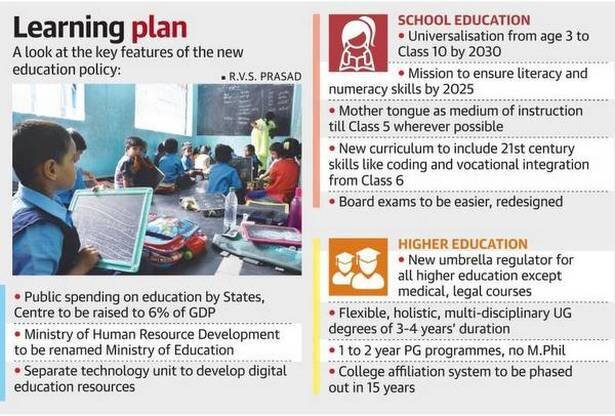In the fast-paced realm of finance and technology, few innovations have captured the collective imagination quite like cryptocurrency. Born out of the desire to create a decentralized and borderless form of money, cryptocurrencies have undergone a remarkable journey since the inception of Bitcoin in 2009. Today, they stand at the precipice of reshaping not only the financial sector but the very foundations of how we perceive and utilize currency.
The Genesis: Bitcoin's Impact and Beyond
Bitcoin's emergence as the pioneer of cryptocurrencies set the stage for a revolutionary transformation. The concept of a digital currency, reliant on a decentralized ledger known as blockchain, caught the attention of visionaries and skeptics alike. Bitcoin paved the way for numerous altcoins, each with unique features and use cases. Ethereum introduced the concept of smart contracts, facilitating the development of decentralized applications (DApps) on its blockchain.
Diversification and Innovation
As the crypto market matured, it witnessed an explosion in diversification. Cryptocurrencies like Ripple (XRP), Litecoin (LTC), and Cardano (ADA) emerged, each addressing different aspects of digital transactions. Stablecoins like Tether (USDT) aimed to mitigate the extreme price volatility associated with cryptocurrencies, offering a more stable value pegged to traditional assets.
Beyond Currency: Utility and DeFi
The evolution of cryptocurrencies has extended beyond a mere medium of exchange. DeFi (Decentralized Finance) platforms have flourished, enabling users to lend, borrow, and trade digital assets without intermediaries. These platforms, often built on smart contract-enabled blockchains, provide a glimpse into the potential of blockchain technology to disrupt traditional financial systems.
Challenges and Opportunities
Despite its meteoric rise, the cryptocurrency landscape remains rife with challenges. Regulatory uncertainty, security vulnerabilities, and concerns about energy consumption in proof-of-work systems have prompted debates. Moreover, the volatility of many cryptocurrencies raises questions about their role as a stable store of value.
Yet, challenges often pave the way for innovation. The push for greener solutions has given rise to alternative consensus mechanisms like proof-of-stake. Governments and financial institutions are increasingly exploring Central Bank Digital Currencies (CBDCs) as a bridge between traditional and digital finance.
A Glimpse into the Future
The future of cryptocurrency holds limitless possibilities. As blockchain technology continues to mature, its potential applications are being explored beyond finance. Sectors like supply chain management, healthcare, and voting systems are investigating blockchain's ability to enhance transparency, security, and efficiency.
The key to mainstream adoption lies in striking a balance between innovation and regulation. The collaboration between tech visionaries, policymakers, and traditional financial institutions will play a pivotal role in shaping this evolving landscape.
Final Thoughts
Cryptocurrencies have come a long way from their enigmatic beginnings. What started as an experiment has now become an integral part of discussions about the future of money, technology, and society. As the world navigates this uncharted territory, the coming years will likely see both challenges and breakthroughs that further solidify the role of cryptocurrencies in shaping our digital age.
here are some benefits of cryptocurrency:
Decentralization: Cryptocurrencies operate on decentralized networks, reducing the need for intermediaries like banks. This enhances financial autonomy and empowers users to have greater control over their funds.
Security: Cryptocurrencies use advanced cryptography, making transactions secure and nearly impossible to counterfeit. This helps protect against fraud and identity theft.
Global Accessibility: Cryptocurrencies are accessible to anyone with an internet connection, regardless of their geographic location. This is especially advantageous for people in regions with limited access to traditional banking services.
Quick and Low-Cost Transactions: Cryptocurrency transactions can be processed quickly, often within minutes, and usually involve lower fees compared to traditional financial systems, especially for cross-border transactions.
Financial Inclusion: Cryptocurrencies have the potential to bring financial services to the unbanked and underbanked populations worldwide, providing them with access to economic opportunities.
Transparency: Transactions recorded on a blockchain are transparent and can be viewed by anyone. This transparency helps in reducing fraud and corruption and fosters trust in financial transactions.
Elimination of Middlemen: Cryptocurrencies can eliminate the need for intermediaries, such as banks and payment processors, leading to faster and more direct peer-to-peer transactions.
Innovation in Technology: The development of cryptocurrencies has spurred innovation in various fields, including blockchain technology, smart contracts, and decentralized applications (DApps), which have applications beyond just currency.
What is cryptocurrency?
Cryptocurrency is a digital or virtual form of money that uses cryptography for secure transactions and operates on decentralized technology called blockchain.
What is blockchain?
Blockchain is a distributed and immutable ledger technology that records transactions across multiple computers in a secure and transparent manner.
Who created Bitcoin?
Bitcoin was created by an individual or group using the pseudonym Satoshi Nakamoto in 2009.
How are cryptocurrencies mined?
Cryptocurrencies like Bitcoin are mined using powerful computers to solve complex mathematical problems, which validates transactions and adds them to the blockchain.
.jpeg)
.jpeg)
.png)
.png)

.jpeg)
.jpeg)
.jpeg)
.jpeg)






